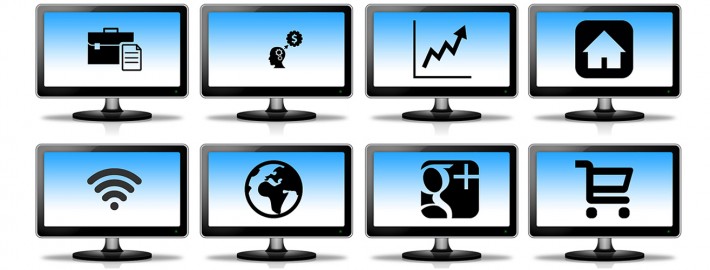Broadly speaking, most small and medium sized nonprofits have a cautious and apprehensive approach to technology. If the first date goes well, they embrace technology. If there are any hiccups or faux pas, technology isn’t given a second chance. This doesn’t bode well for either parties – nonprofits would benefit immensely with the use of right technology and what use is technology if it doesn’t serve to better the lives of those who need it the most?
Both sides are guilty of widening the gap. Let me explain how.
Apprehensions over Cost and Complexity
Often, organizations hesitate to try and adopt new technology due to a fear of its complexity or the assumption that it will be prohibitively expensive.They continue to work with technology that wasn’t designed for their needs and pay a huge price in the long run- both monetarily as well as in terms of impact and ROI. The latter being two key aspects of a nonprofit’s success!
By using the wrong software, nonprofits waste staff time, suffer from lack of easy access to data, spend too much time on data collection and transfer and hinder their own growth with mediocre impact analysis. Nonprofits need to move away from their traditional, comfort zones to embrace and adopt new technology that is designed for them, is easy to use, and will boost their impact and efficiency at a fraction of the cost!
All tech users are not the same
The relationship isn’t made easy with traditional technology companies not understanding the nuances of the nonprofit sector. The needs of every sector are unique and a blanket one software fits all approach is doomed to fail.
Most current CRMs were designed for corporates and industries very different from the nonprofit world. Complaints over reconciling data, importing mailing lists, etc are numerous when nonprofits try using the make-shift solution. Even the pricing system often reflects a corporate bias with fees based on number of users and limitations on access which is disastrous for nonprofits who traditionally rely on a large body of volunteers to get work done!
Another key issue with current platforms are that they are stand-alone and address only a part of a nonprofit’s tech needs. This means a single organization has software A for Finance, software B for Donor database and so on. And A and B do not speak to each other. So, departments end up working in isolation, thus preventing the organization from leveraging its key data and information across all units.
Bigger technology companies also tend to treat nonprofits as part of their CSR and do not treat them as clients. Thus, they are the last to benefit from technological advancements such as mobile apps, etc.
Bridging the Gap
Newer companies are focusing on nonprofits as the primary customer and offering technology platforms specifically designed for their needs. While many offer stand-alone solutions tailored for nonprofits (donation management, payment gateways, etc), a few such as LiveImpact offer solutions that address all technology needs within an organization. Go ahead and give technology a second chance!



